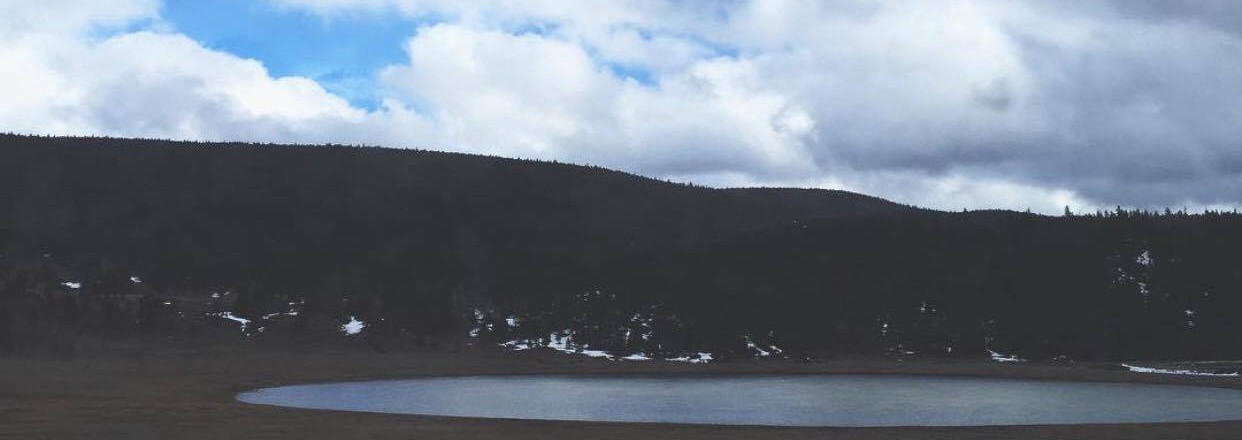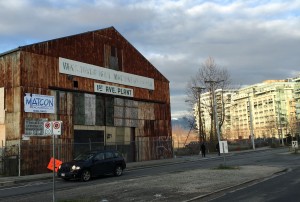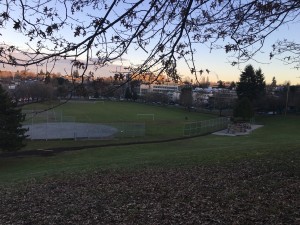January 25 – 29, 2016
Over the last week and a half, we have been able to meet with our community partners Mark Thiessen, superintendent of School District 27, and Mike Franklin, principal of Skyline Alternate. Our initial meeting with Mark gave us a better sense of our research focus. Together, we decided that we would build off of last year’s project by examining the operational changes that are beneficial for addressing the various needs of students at Skyline Alternate School. Mark expressed an interest in developing a data collection tool that would enable the school board to survey the needs of its students over the long term. This could assist the school board in addressing the learning needs of a changing student demographic, as there is a rising influx of students over the past 5 years.
During our meeting with Mike, we discussed our current knowledge of Skyline Alternate School. In the past Skyline has been a school that primarily takes in students that have history of getting in trouble with the law, suspension or expulsion from their previous school(s). However, over the more recent years, there has been an increase in the demographic of students, with more students choosing to attend Skyline out of their own will, due to various factors, such as the accommodating self-paced school schedule and smaller class sizes. However, as Mike mentioned, there is still a strong negative stigma surrounding Skyline as a school for troubled students who have been kicked out of mainstream schooling. One of the main goals Mike would like to address is: how can we change the negative public perception and stigma associated with Skyline into a more positive and accurate depiction of the current demographic of students? One of the ways we suggested is to create a tool using multimedia programming, such as creating an informative video available for public access that addresses the current circumstances of Skyline, in a more positive light.
Another concern that we spoke to Mike about was the application and acceptance process for incoming students that are keen on attending Skyline. Some of the major problems include: with the overwhelming number of students choosing to attend Skyline, in conjunction with the number of students whose only choice is Skyline because they have been forced to leave their former schools due to their troubled background, how can there be a fair decision in choosing which students to prioritize in the intake process? These are some of the issues that we will need to consider in our work with Skyline, their teachers, students, and programs.
Our group is currently working on producing a literature review on areas that are related to our research topic. This will enable us to learn more about similar matters in other communities, as well as expand our knowledge on alternative education systems. We have narrowed this down to a few research topics that we hope to further explore in the next few weeks, this includes:
- Changing community perspectives on alternative education systems
- The challenges pertaining to special needs and vulnerable students
- Methods for improving school operations and educational curriculum
- Approaches for facilitating interviews and focus group discussions with youth
We plan to speak to Leo within the next week to further discuss our research question, so stay tuned for more updates!



 Moving forward we began to head in the direction of Main Street station. As we walked along the streets, we noticed a lot of newer housing developments that were being introduced to the neighborhood, many of which seemed to hold on to the name of “The Creek” as if to reminisce about the history of First Nations land and streams dedicated to fish and wildlife that live in and around these neighborhoods. In addition we walked passed several sewage drains that had pictures of fishes on them, to indicate the presence of fish and other sea creatures that live along the streams and shorelines.
Moving forward we began to head in the direction of Main Street station. As we walked along the streets, we noticed a lot of newer housing developments that were being introduced to the neighborhood, many of which seemed to hold on to the name of “The Creek” as if to reminisce about the history of First Nations land and streams dedicated to fish and wildlife that live in and around these neighborhoods. In addition we walked passed several sewage drains that had pictures of fishes on them, to indicate the presence of fish and other sea creatures that live along the streams and shorelines. As we walked towards China Creek, we noticed a shift in land use from primarily high multi-story apartments, offices and community spaces, to more specialized services like ski and snowboard shops, fine art services, and even a local brewery. In addition most of the housing appeared to be older, low-rise apartments and small single-story homes, some of which were vacant and had signs to indicate future redevelopment. Along the sidewalks of these neighborhoods, we noticed that there was a prominent environmental initiative set in place called “Green Streets”. This community garden program allows local residents to have their own green space and grow their own plants, flowers and even vegetables and fruits for more sustainable way of living. Another observation we noticed was the presence of a montessori preschool and a community centre that catered to many kids and youth. This could indicate that the surrounding neighborhood is relatively safe from crime and heavy flows of traffic.
As we walked towards China Creek, we noticed a shift in land use from primarily high multi-story apartments, offices and community spaces, to more specialized services like ski and snowboard shops, fine art services, and even a local brewery. In addition most of the housing appeared to be older, low-rise apartments and small single-story homes, some of which were vacant and had signs to indicate future redevelopment. Along the sidewalks of these neighborhoods, we noticed that there was a prominent environmental initiative set in place called “Green Streets”. This community garden program allows local residents to have their own green space and grow their own plants, flowers and even vegetables and fruits for more sustainable way of living. Another observation we noticed was the presence of a montessori preschool and a community centre that catered to many kids and youth. This could indicate that the surrounding neighborhood is relatively safe from crime and heavy flows of traffic.